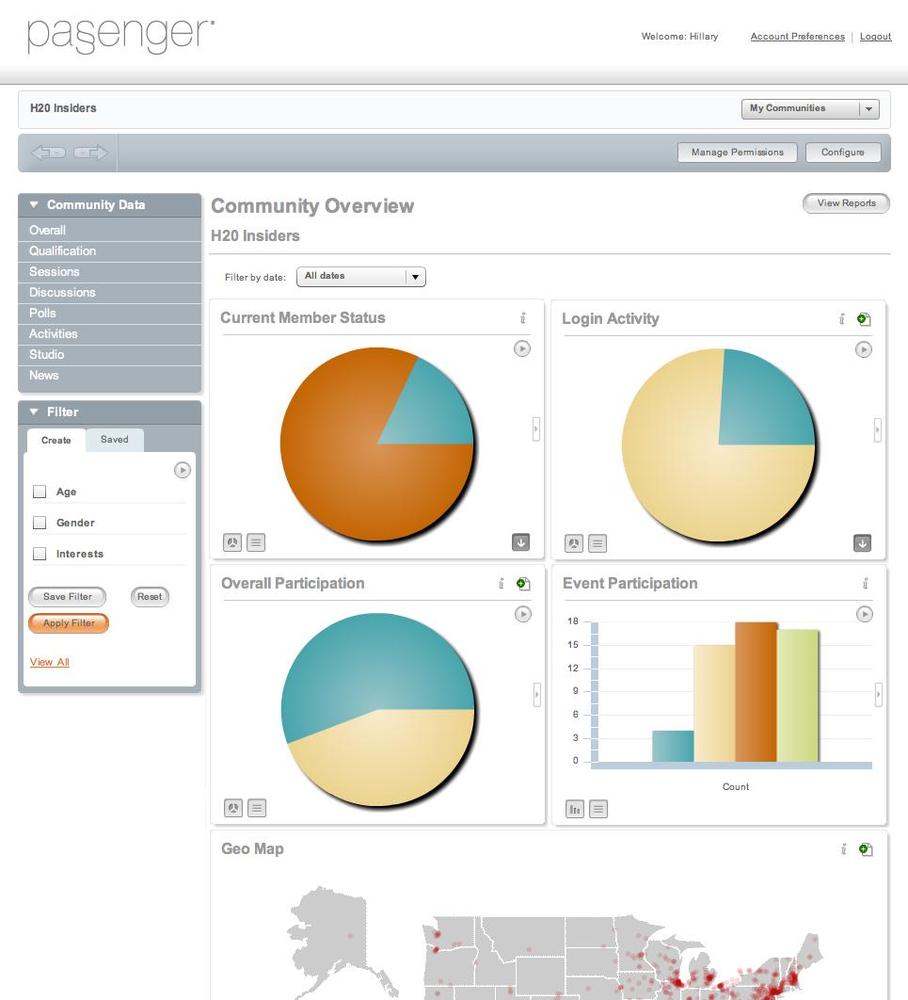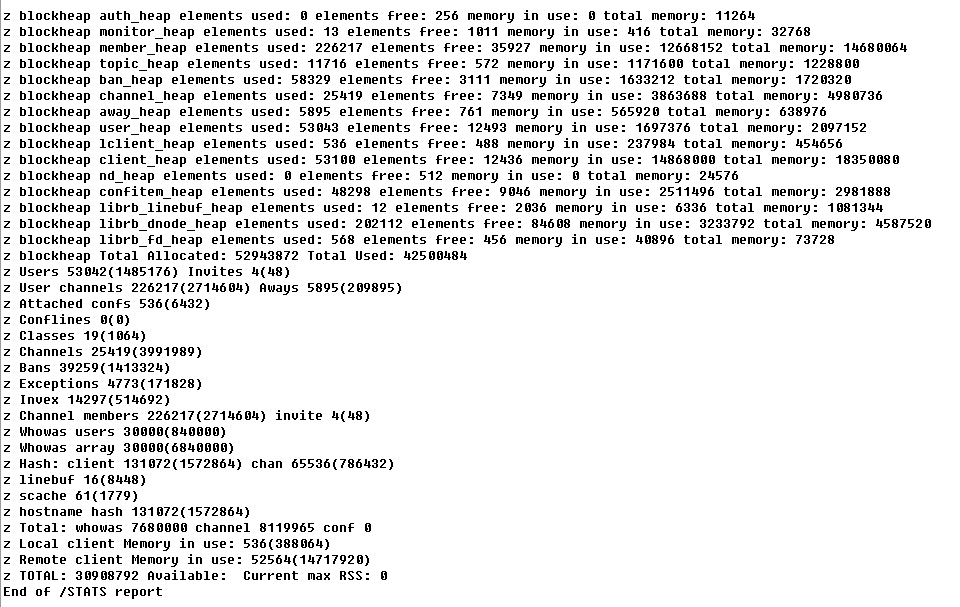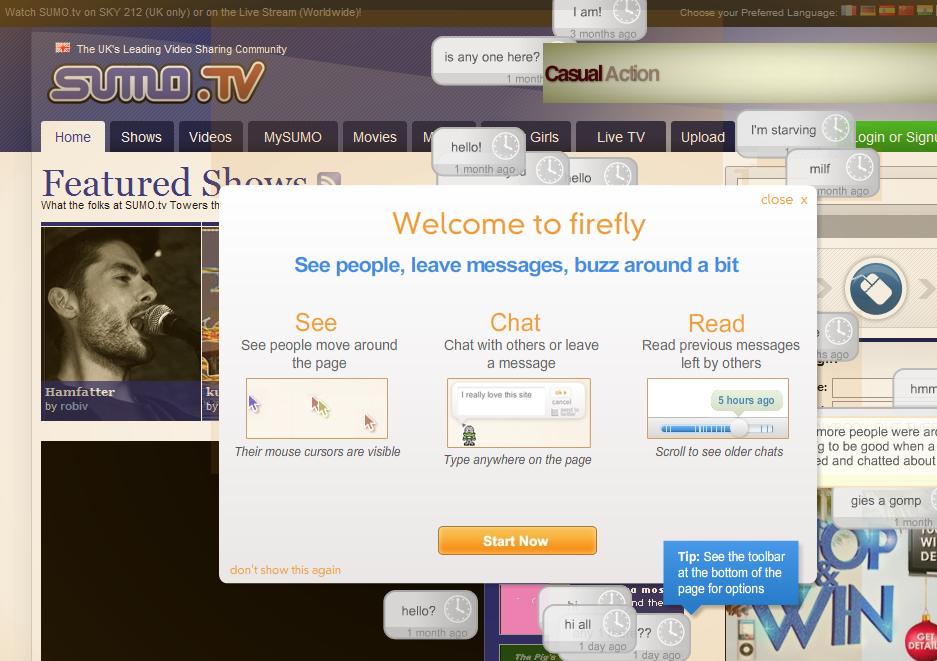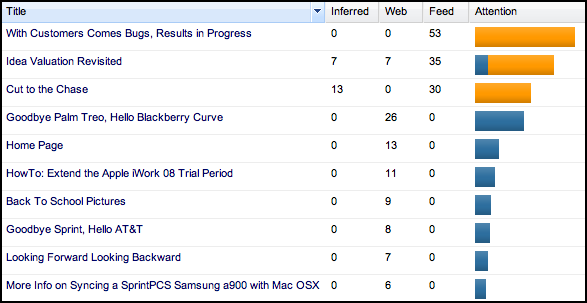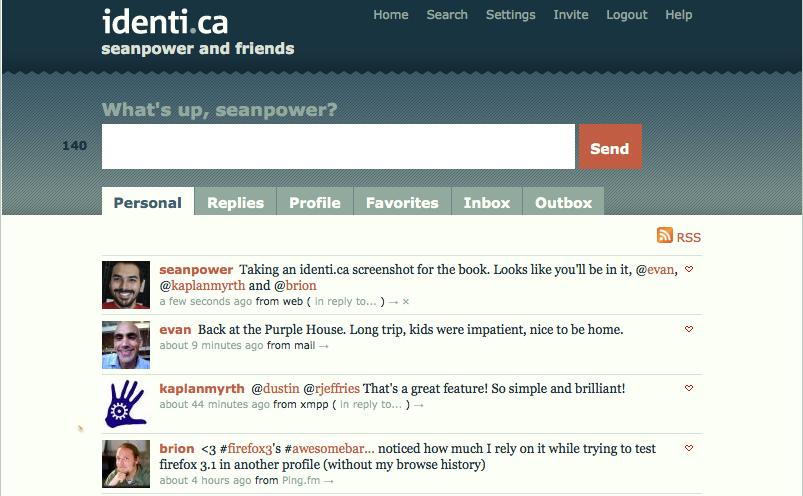There are times when you’ll need to operate the community yourself. Much of what we’ve already seen regarding watching your own websites applies to communities, and as a result, you have access to everything—server logs, analytical details, and more. Because you’ll control design and layout, you can often embed JavaScript for analytics. You can also more tightly control the look and feel of the community and enforce terms of use that suit your business. In some cases, you may be forced to run a community yourself for legal or privacy reasons.
Note that we’re talking here about communities that are still intended for the public. You may have internally facing communities intended for collaboration and project work, which we’ll look at in the next chapter.
In addition to the headaches of setting up and running a community platform, you’ll also need to convince others to join you. If you can manage to get your customers and fans to use a community that you run, you’ll have an important asset for your organization. You’ll also have unbeatable insight into the community’s behavior. Best of all, you’ll be able to tie community activity back to business outcomes, such as viral spread, contribution, purchases, and so on.
There are a number of open source and commercial mailing list servers. majordomo and GNU mailman are both mature listserv implementations, and while you can configure Microsoft’s Exchange Server to support and run mailing lists, most administrators prefer to manage them through Microsoft’s Live Communication Server.
If you don’t want to run the servers, but still need control over mailing lists and the resulting analytics, consider a hosted mailing list service company such as Constant Contact or a private-label service like CakeMail, which can provide greater customization and analytical detail.
There are two major kinds of forum software: general-purpose and commercial platforms.
The first kind of forum grew out of the open source world. These are general-purpose forums that aren’t targeted at a particular business problem or industry. They’re relatively mature and have ecosystems of developers who have released various plug-ins and extensions to add functionality such as analytics, topic voting, and spam filtering. Some of the most popular include phpBB and vBulletin, although there are many alternatives (see http://en.wikipedia.org/wiki/Comparison_of_Internet_forum_software).
The second kind of forum platform consists of commercial software that you can use for internal or external communities. Vendors such as Jive Software, Passenger (shown in Figure 14-34), Telligent (Figure 14-35), LiveWorld, and Mzinga fall in this category.
Because you’re running the forum, you get far more visibility into what users are up to, including keyword popularity, sources of visitors, and more.
If you want to run a private chat system, you have several options. You can use the IRC stack, which is a mature and reliable platform for real-time messaging but requires considerable know-how and demands that your community use client software to connect. These systems scale to hundreds of thousands of concurrent users, but they require dedicated clients such as irssi, epic, and mIRC, and aren’t particularly user-friendly.
Figure 14-34. Running a forum yourself gives you far more insight into what’s happening and who’s participating
Should you go this route, you’ll have access to a wealth of information on community activity, as shown in Figure 14-36. You can also run clients or automated scripts to monitor traffic and alert you to content or suspicious behavior.
For most self-run real-time chat communities, however, IRC platforms are overkill. Several community platforms include chat capabilities, and you can get chat plug-ins for blogs. Third-party services like Firefly, shown in Figure 14-37, let you layer chat atop your website, but these haven’t seen broad adoption.
Figure 14-37. Firefly puts a chat page atop your website, where you can see what visitors are saying
Any real-time chat you run may become the target of drive-by spam and will require dedicated moderation to identify and block abusive users.
Given the lack of analytics within public social networks, you may want to run your own. You can use hosted services like Ning, Flux, KickApps, or Me.com to create private social networks for your community, but you’re still dependent on these platforms to provide you with the means to implement your own page instrumentation or to supply you with reporting and analytics.
With thousands of new blogs appearing on the Internet each day, starting one is trivial. If you use a hosted service for blogging (such as Six Apart, WordPress, or Blogger), you won’t have to worry about operating it. Because you can control the stylesheets and content of the blog, you’ll also be able to embed many monitoring tools—JavaScript-based analytics and real user monitoring, voice of the customer surveying, and web interaction analytics tools—directly into the pages to capture a great deal of information on your blog’s activity. Blogs also support plug-ins such as StatZen, shown in Figure 14-38, which will help you to identify popular content.
You can run your own wiki using one of several platforms, including the MediaWiki software on which Wikipedia runs. You can populate your wiki with your own content. This is one way to build a community around a specific topic; if you can corral subject matter experts and get them to start populating a wiki, you may be able to convince your fans to continue the work.
One of the most important metrics on a wiki is the incipient link. When members create wiki entries, they provide links to pages they anticipate writing in the future. These incipient links identify places where additional content is needed. Incipient link analysis provides several key KPIs for a wiki:
A page with no links leading away from it, incipient or otherwise, is an orphan that’s not connecting to the rest of the wiki.
A page with many incipient links needs love and attention because it’s incomplete.
The average time that an incipient link exists before its destination page is complete is a measure of turnover and the performance of a content generation team.
The most frequently clicked-on incipient links are those that should probably be completed first, since they show topics of interest that your wiki hasn’t yet completed to its audience’s satisfaction.
When you run a wiki, you’ll have access to much more information on which topics are being edited and where people are coming from. You will also be able to understand wiki-specific factors such as:
Top contributors: you’ll quickly see which members are generating the most content, as well as whose content is most disputed.
Interconnectedness: a wiki works best when content links to other content. Otherwise, it’s simply a repository of articles. Analyzing how interconnected the wiki is overall is a measure of health and utility.
Edit patterns: seeing repeated changes (such as a high number of edits by the same person in a small time period) can be an indicator of abuse or vandalism.
Note
For a good analysis of metrics and analytics surrounding wikis, see http://www.socialtext.net/open/index.cgi?wiki_analytics and http://www.socialtext.net/open/index.cgi?wiki_metrics.
Many of the projects and tools built for Wikipedia are available as open source code that you can repurpose for your own wiki. Figure 14-39 shows a Wikipedia tool that calculates the number of new edits per day on different language versions of the site.
If you don’t want to run your own wiki, consider a hosted service you can embed in a website such as Wetpaint or Wikispaces. One advantage of running a wiki on your own site is that it shows search engines that you’re a good source of authoritative information, because others will link to wiki content you create. If you create that content on Wikipedia, it will get a broader audience, but your domain won’t get credit for it from search engines.
If you want to operate your own version of Twitter, you can use Laconi.ca, which is an open source alternative that resembles Twitter. The Laconi.ca team runs an instance of Laconi.ca, called Identi.ca, shown in Figure 14-40.
One of the advantages of Laconi.ca is its federated model, which allows you to join together several microblog instances so they can share messages between them. The micromessaging community is still defining what federation will do to the syntax of these platforms (for example, mentioning @seanpower might be limited to a local user with that name, but @@acroll might reference a user with that name on any federated node).
If you want to run your own news aggregator, and need more visibility than what you’ll get from a subreddit, you can run an open source service like Pligg (shown in Figure 14-41) and encourage your community to submit and vote on content.
Pligg has a variety of commercial plug-ins and templates that you can use to customize how it looks.

